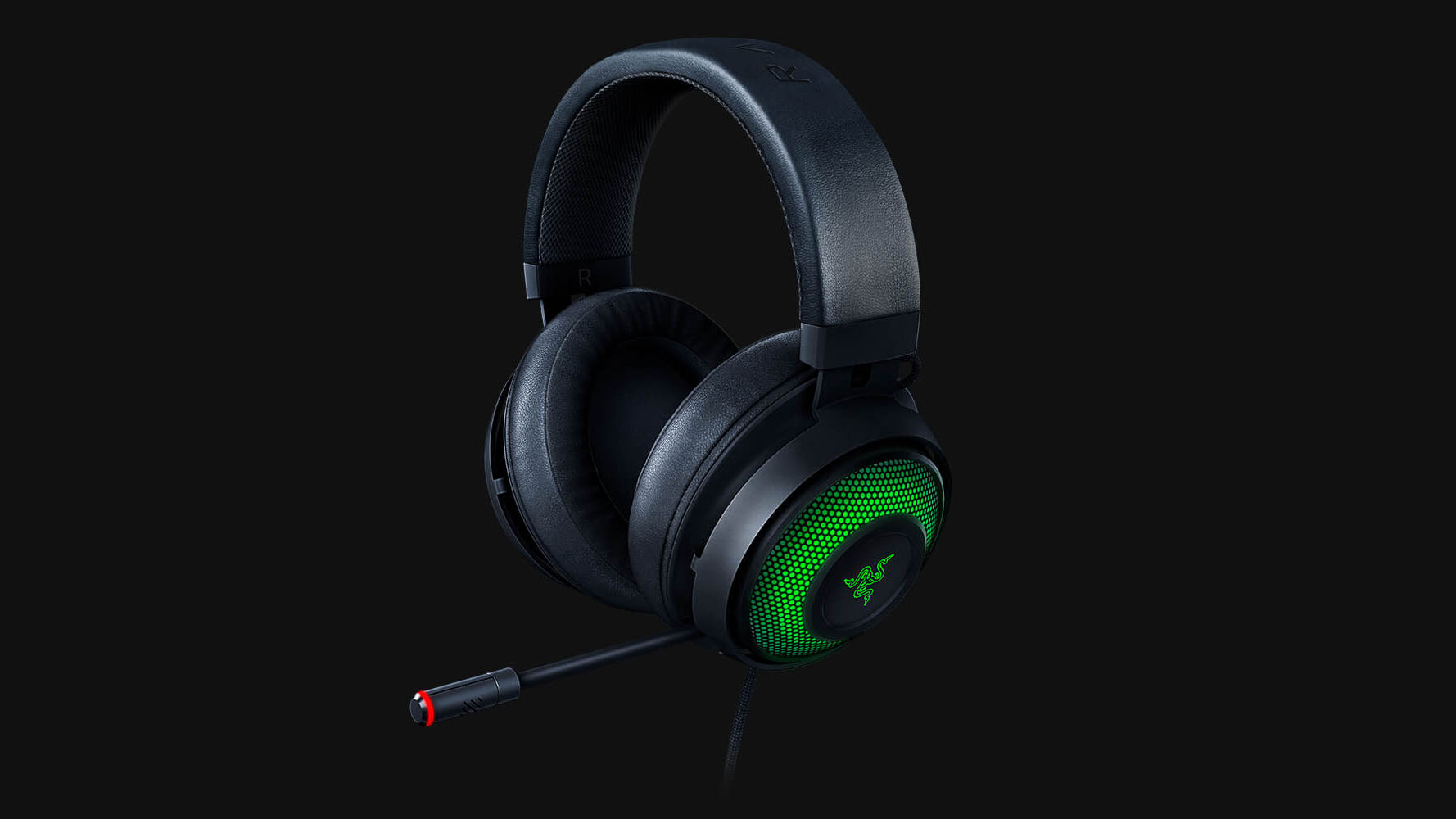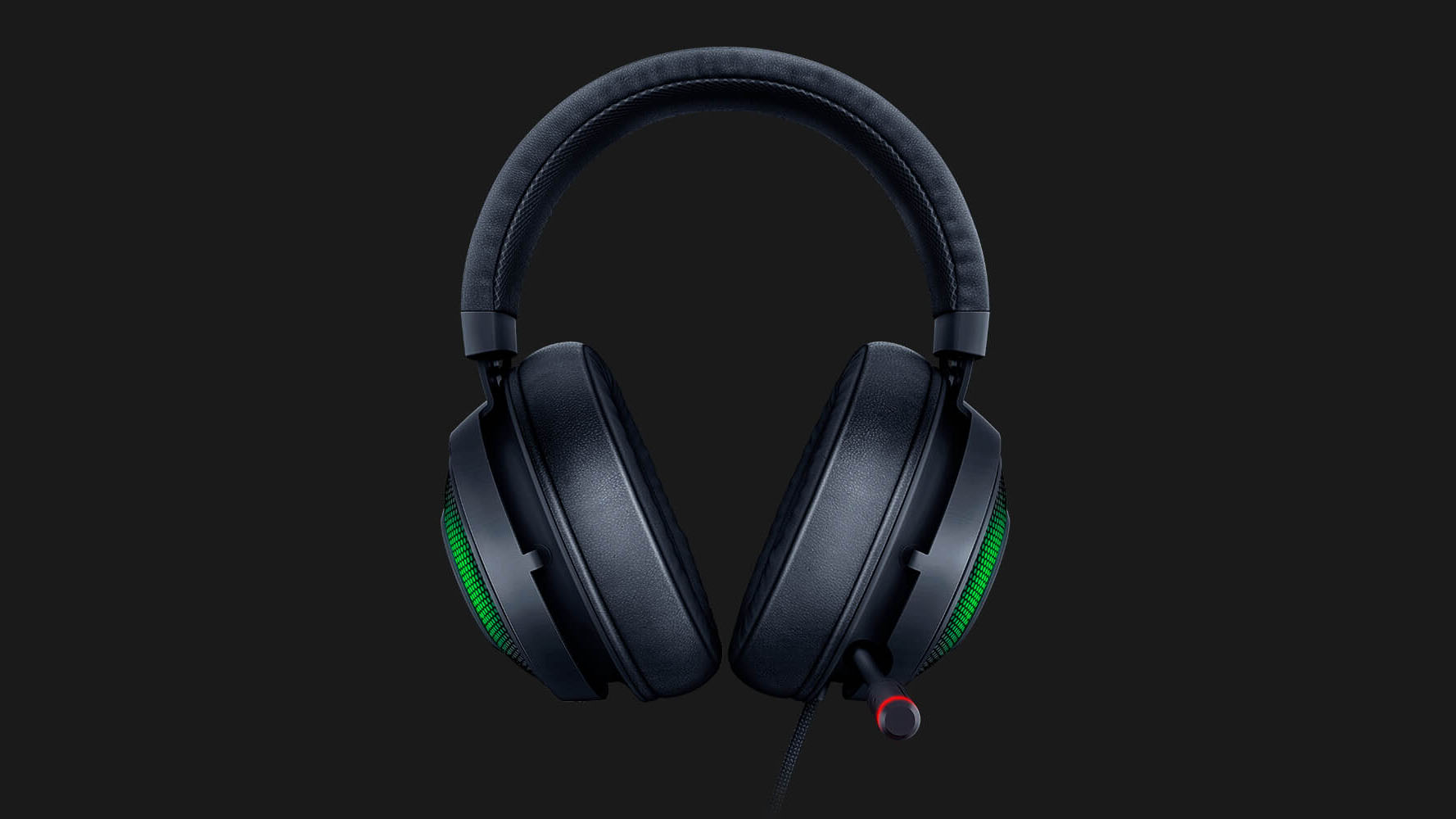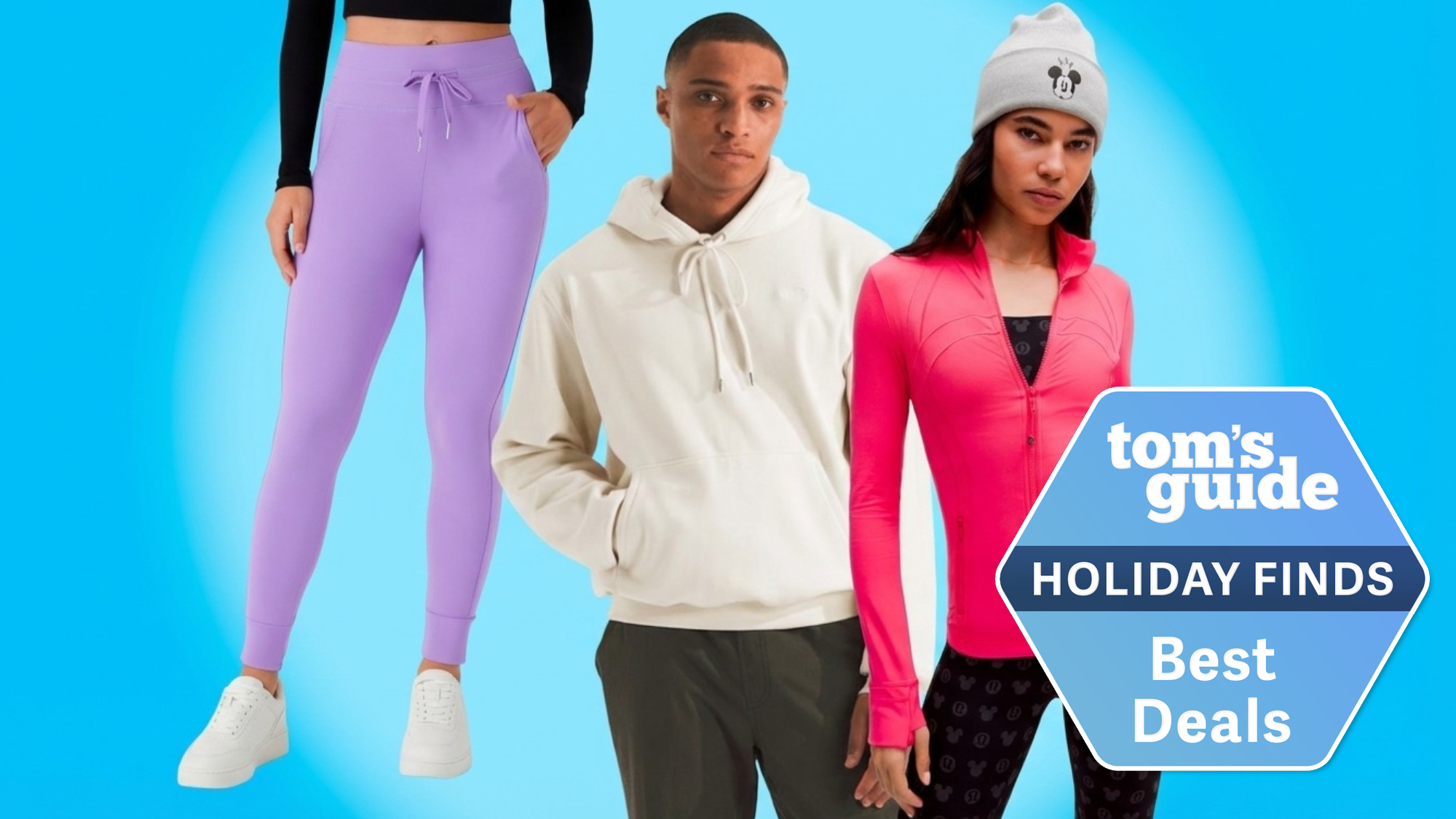Tom's Guide Verdict
The Razer Kraken Ultimate accomplishes exactly what it sets out to do: Provide a high-quality USB PC headset.
Pros
- +
Excellent sound quality
- +
Comfortable fit
- +
Robust software
- +
THX Spatial Audio sounds nuanced
Cons
- -
Somewhat expensive
- -
Imperfect fit
Why you can trust Tom's Guide
Naming a product with the word "Ultimate" always feels like tempting fate. After all, "ultimate" technically means "last." Does this mean that the company will forswear producing future products with the same name? And even if you take "ultimate" in the superlative form, is it really the absolute best version of a product ever conceived?
I leave those questions to linguists to sort out, but the Razer Kraken Ultimate headset ($130), at least, makes a strong case for the word's inclusion. It's an excellent headset all around, featuring a comfortable fit, great sound quality and a clear mic. It's a little expensive for what it does, but not prohibitively so, and the lack of a 3.5-millimeter audio option feels limiting. Otherwise, the Kraken Ultimate is one of the best gaming headsets in its price range.
Design
The Razer Kraken design has been getting better, slowly but surely, each year. When I first reviewed a Kraken headset, the ear cups were almost comically large, with a garish color pattern and a cheap, plasticky feel. But the Kraken Ultimate feels like a totally different beast. While the ear cups are still large, they feel much more attuned to a regular human head, with lots of plush padding made of breathable foam.
I did have a chance to ask Razer reps why the Kraken ear cups were so large, compared with those on competing headsets. They replied that the Kraken has always been a PC gaming headset first and foremost, so portability and public appearance aren't really concerns. That's certainly the case with the Kraken Ultimate, as it's strictly a USB headset. So, while you can use it with a PC, or perhaps a PS4, if you've got a desktop setup, it's a no-go for living room consoles, mobile phones or Switches in handheld mode.
Of course, I can't really fault a PC headset for being optimized for PC play. In that respect, the Kraken Ultimate fills its niche very well. It's large (7.7 x 6.9 x 3.9 inches) and a little heavy (13.8 ounces), but it sat solidly on my head, and the weight seemed evenly distributed. There's a long, braided USB cable to connect the headset to your PC.
While the ear cups are still large, they feel much more attuned to a regular human head, with lots of plush padding made of breathable foam.
Buttonwise, Razer keeps things admirably sparse. There's a volume wheel and a spatial audio toggle button on the left ear cup as well as a retractable mic. I couldn't find the mic mute button anywhere, until I realized that the mic's mouthpiece is itself a button. This is such an incredible space-saving technique, I can't believe I've never seen it before. The mic itself has a small LED strip that lights up red if the mic is muted, so it's easy to see whether your teammates can hear you. (Naturally, the mic powers off automatically if you retract it.)
I have one small quibble about the mic, which is that its body is extremely flexible — so much so that you can't simply push it back into its slot with one finger. You need to grasp it with two fingers, then push and pull a little. This isn't a problem for video calls and voice chats. However, it's a little difficult to do in the middle of a heated multiplayer game, if you're the kind of person who finds a mic distracting during intense gameplay sections.
Get instant access to breaking news, the hottest reviews, great deals and helpful tips.
Comfort
In spite of the Kraken Ultimate's size, I found it easy to wear for long periods of time. The ear cups didn't press down on my ears, and the adjustable headband with numbered notches made it easy to find and remember my perfect fit. My one complaint is that the ear cups didn't make a perfect seal, even when I extended them to a comfortable circumference, but they didn't seem to bleed any sound.
I handed the Kraken off to a co-worker, who had a somewhat mixed opinion. He said that the ear cup fit varied between too tight and too loose, depending on how he adjusted the headband, and that the ear cups' massive size was to their detriment. Overall, though, he thought the material was comfortable.
Gaming performance
I tested the Kraken Ultimate with Overwatch, Age of Empires II: Definitive Edition, Thronebreaker: The Witcher Tales and Final Fantasy XIV, to get a good sense of how it handled different genres. I used THX Spatial Audio for Overwatch, where I found it very useful for pinpointing enemy footsteps and distant gunshots, although it did add a bit of an echo to my character's quips and sound effects.
The rest of the games sounded better in a stereo setting, where I could hear each battle alarm in Age of Empires, each sword clash in Thronebreaker and each vibrant orchestral tune in FFXIV. The soundscape felt nuanced and balanced, particularly when I remembered to first set the equalization options to "game" mode in the Razer Synapse software.
Features
The Kraken Ultimate runs on the Razer Synapse software, with which it's fair to say I have a mixed relationship. But this particular headset works on Synapse very well, offering lots of options in straightforward, easy-to-customize configurations.
First, you can use Synapse to activate or deactivate THX Spatial Audio. The Kraken Ultimate is one of the few headsets to sport this particular technology, and it's a very impressive piece of tech. THX Spatial Audio is a form of surround sound, but in my experience, it's much more subtle and precise than traditional 5.1 and 7.1 setups. Rather than making everything sound as if you're in a big, empty space, THX Spatial Audio keeps the soundscape close and intimate, but also lets you know exactly which direction each sound comes from. Think "movie theater" rather than "concert hall," and you've got the right idea.
THX Spatial Audio was useful for pinpointing enemy footsteps and distant gunshots in Overwatch, although it did add a bit of an echo to my character's quips and sound effects.
This feature comes in handy for a variety of games, particularly first-person shooters, where sound can help you pinpoint foes well before you see them. However, Razer reps pointed out that the vast majority of things people listen to — music, TV and most video games — are still tuned with a stereo profile in mind. That's why Synapse makes it easy to specify which programs should and shouldn't use it. Each time you launch a new program with Synapse open, Synapse will add that program to a list, and you can toggle whether you want THX or stereo sound for each application. It's an incredibly simple, straightforward way to manage all of your software.
You can also switch among a number of EQ profiles or create your own. Synapse comes with presets for music, movies and games, as well as modes for bass boost and voice clarity. The default soundscape is a little too light on the bass for my taste, but since it's easy to adjust, I was able to find a comfortable way to listen to just about everything I tested. You can also link profiles with individual pieces of software, so that you don't have to manually switch EQ profiles each time.
You can also tweak a number of options about the mic, from background noise pickup to overall volume. But you probably won't need to, since the mic sounds great by default. When I recorded my voice, it came through clearly and audibly and was neither too loud nor too soft. Even better: Even though I had co-workers typing away on either side of me, I couldn't hear any keyboard noises in the background.
My one gripe about the Kraken Ultimate's extra features is its RGB Razer logos on the ear cups. I've said it before, and I'll say it again: RGB lighting on headsets serves no purpose, except to drive up the price. It's not something you can see, and as such, it's not something that can actually benefit you in any way.
Music performance
I listened to tracks from Flogging Molly, Old Crow Medicine Show, The Rolling Stones and G.F. Handel with the Kraken Ultimate. While the sound quality isn't quite what you'd get from a pair of audiophile headphones, it's more than good enough for everyday listening. The vocals came through loud and clear in each song, while the balance of instruments sounded just right.
My one major caveat would be that you might want to turn on bass boost if you plan on listening to bass-heavy genres (bluegrass and classical, in my experience). My one minor caveat would be that you can't take these headphones with you for music on the go, but that's simply how the Kraken Ultimate is designed. The headset would look a little out of place on a subway or a bus, anyway.
Bottom line
At $130, the Kraken Ultimate costs a little bit more than the SteelSeries Arctis 5 ($100), and a little bit less than the Astro A40 ($150), two comparable headsets in the same price range. Both the Arctis 5 and the A40 let you connect to gadgets via 3.5-mm jack (in addition to USB, in the case of the Arctis 5), but neither one has the same breadth of software options as the Kraken Ultimate. And neither one has THX Spatial Audio.
In spite of its name, the Kraken Ultimate is not quite the last word in PC gaming headsets. It's not as versatile as some of its competitors, and it requires a little tweaking to get the most out of the soundscape. Still, Razer set out to make an excellent wired USB PC headset, and that's precisely what it did. If you've got an affinity for Razer gear, the Kraken Ultimate is an easy recommendation — and if you don't, it might change your mind.

Marshall Honorof was a senior editor for Tom's Guide, overseeing the site's coverage of gaming hardware and software. He comes from a science writing background, having studied paleomammalogy, biological anthropology, and the history of science and technology. After hours, you can find him practicing taekwondo or doing deep dives on classic sci-fi.





